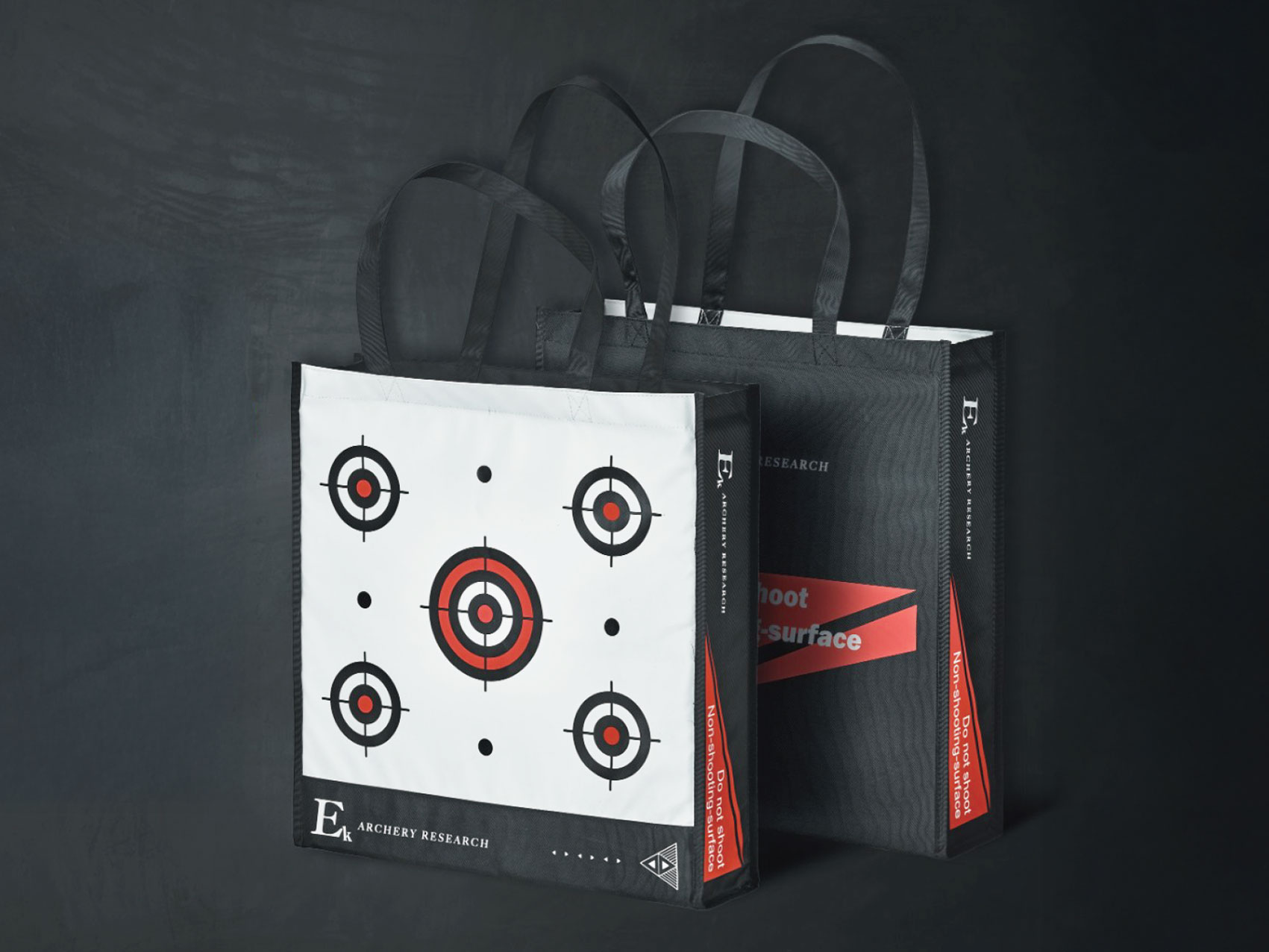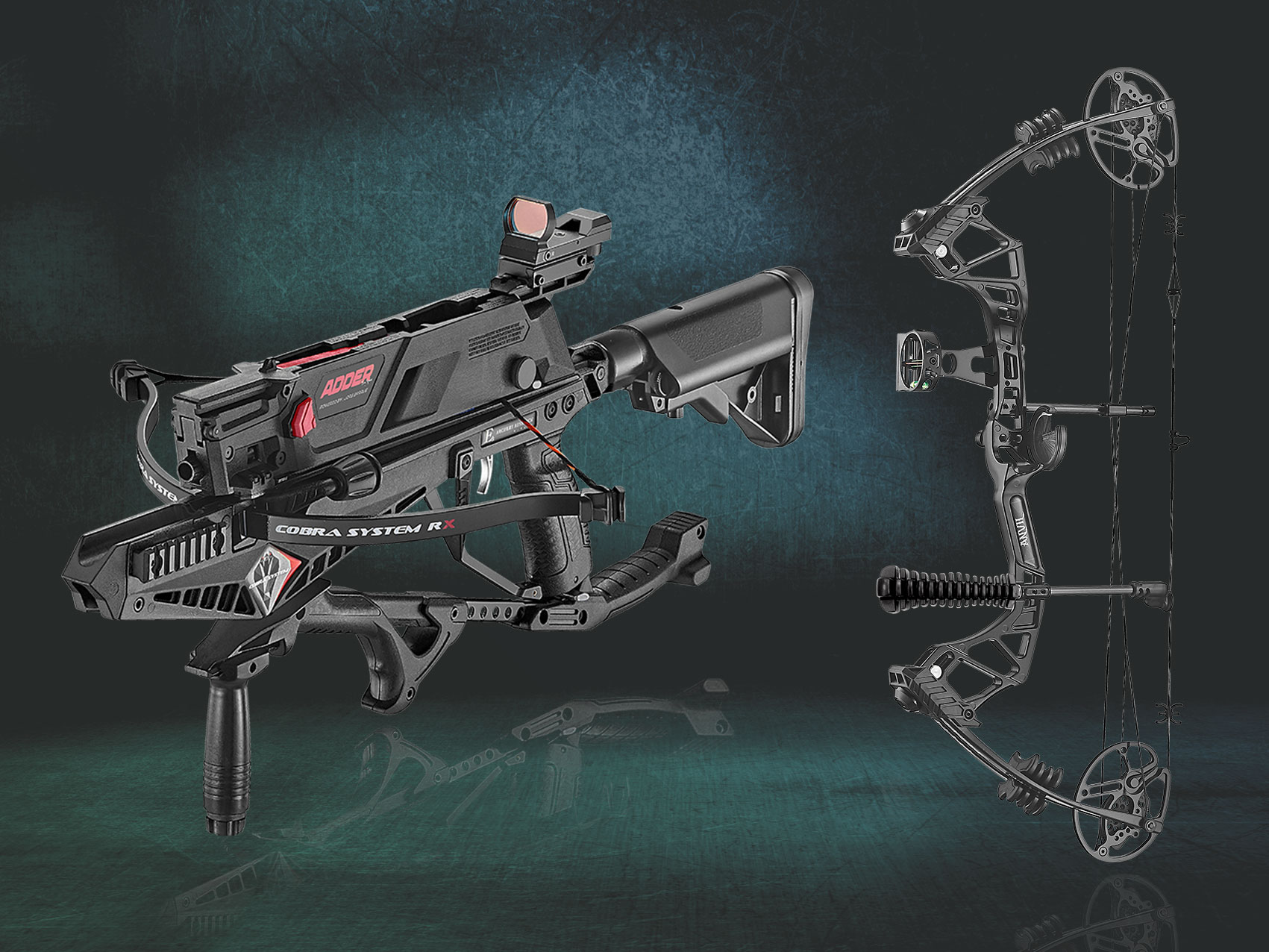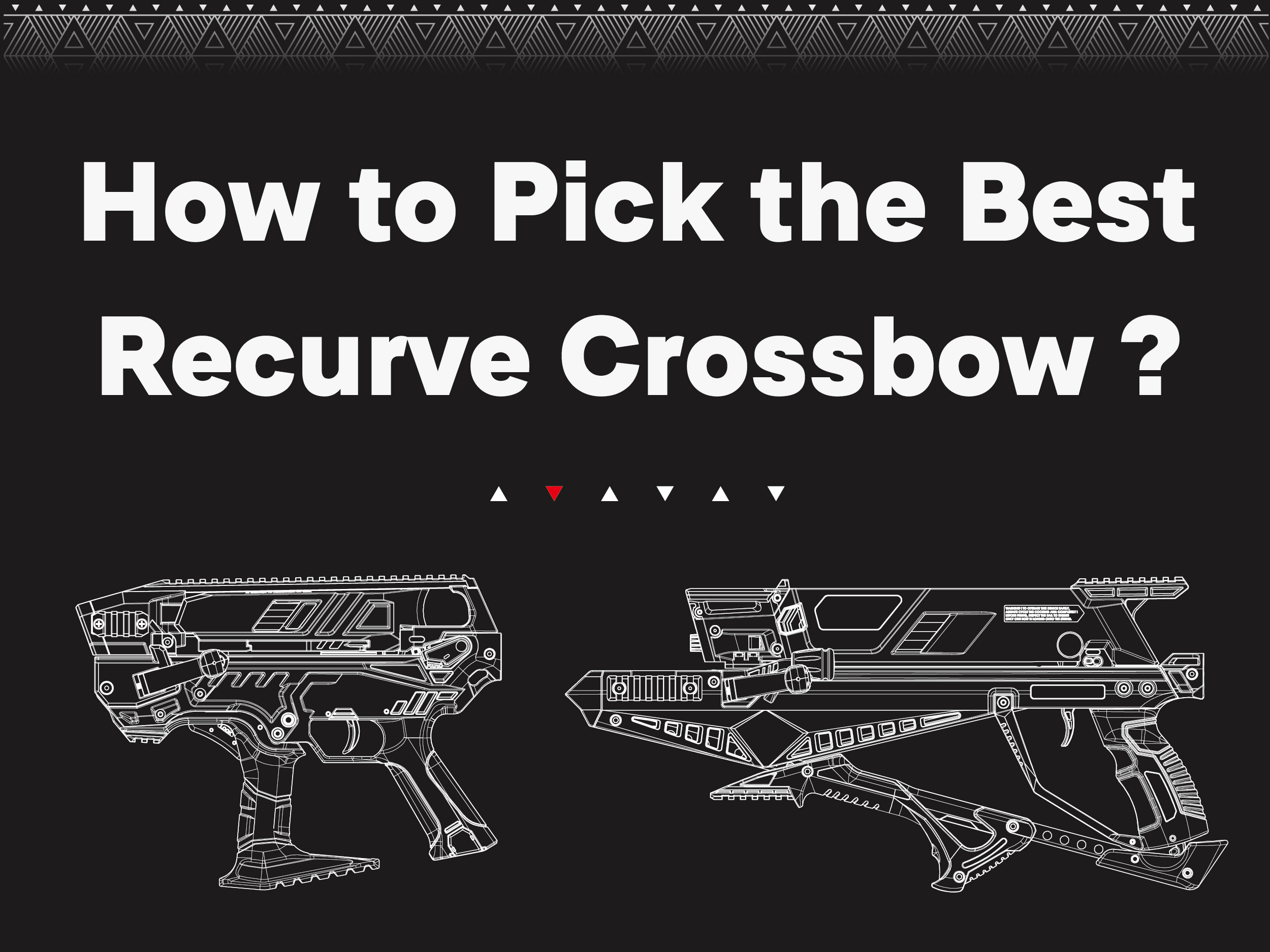How to Select Crossbow Bolts?
When it comes to crossbow accuracy, many shooters mistakenly focus solely on draw weight and speed. However, your bolt selection significantly influences both accuracy and equipment longevity.
Choosing the wrong bolt not only compromises precision but can potentially damage your crossbow.
This guide will provide expert insights on bolt specifications, compatibility principles, and performance attributes, helping you select the perfect bolts for superior shooting experience and accuracy.
MENU
Tips for Selecting Crossbow Bolts:
- Crossbow Bolt Length
- Crossbow Bolt Weight
- Crossbow Material Selection: Carbon Fiber vs. Aluminum Alloy
- Spine Affects Energy Transfer and Stability
- Nock Compatibility: Essential for Accuracy and Safety
- Fletching Types: Enhancing Flight Stability
1. Crossbow Bolt Length:
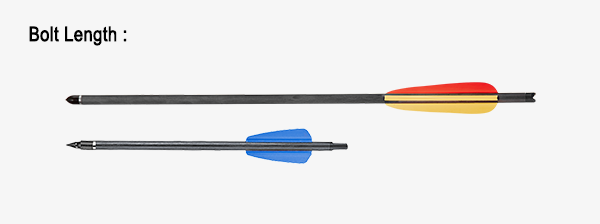
Typical crossbow bolt lengths range from 16 to 22 inches, although specialized systems might require shorter bolts (around 6.5 inches).
Tailored by Crossbow Design Bolt length directly affects flight stability and safety.
As a rule, bolts should be measure to match or slightly exceed the rail length. Too short, and you risk dry-firing your crossbow. Too long, and you compromise stability.
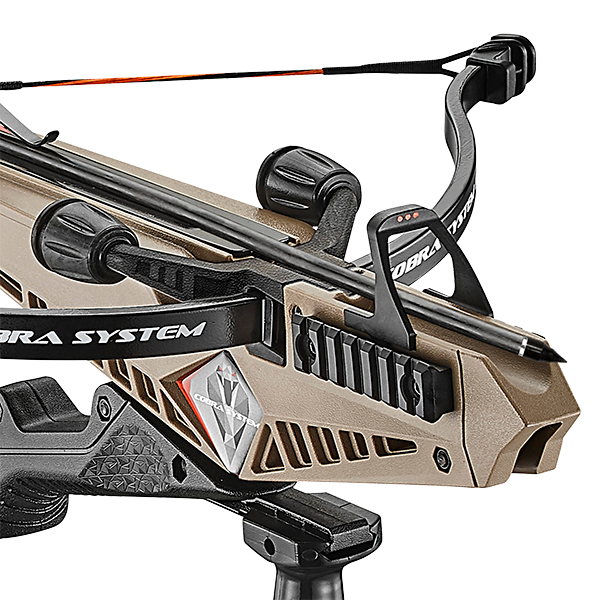
| Model | Bolt Length | Firing Mode |
| REVO7 | 6.5inches | Repeating (requires sufficient space length) |
| RX/R9 | 7.5 inches/15 inches | 7.5" Single Shot (compact mode – pistol-like) 15" Single Shot (slightly longer than rail length) |
| ADDER | 7.5 inches | Repeating (requires sufficient space length) |
| Siege | 15.5 inches | Single Shot (slightly longer than rail length) |
Reminder: Using bolts with incorrect length may result in dry firing, jamming, or damage to the equipment.
2. Crossbow Bolt Weight:
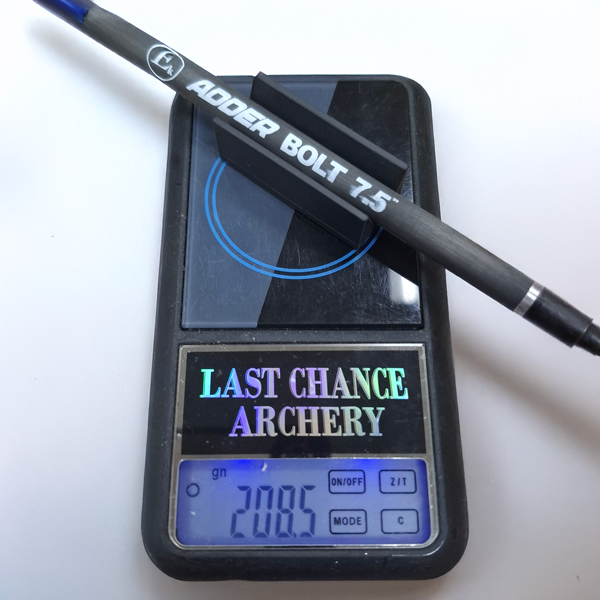
Bolt weight is measured in grains (gn), with standard bolts typically ranging from 400 to 450 gn, and includes the total weight of the bolt and tip
Typical weight categories include:
- Lightweight (<400 gn): Faster and flatter trajectory, ideal for practice shooting and short-range accuracy.
- Standard (400–450 gn): Offers balanced speed and stability, suitable for general-purpose shooting.
- Heavyweight (>450 gn): Slower speed but increased kinetic energy, excellent for long-range accuracy and hunting scenarios requiring deep penetration and reduced wind drift.
Crossbow bolt weight is critical for accuracy and penetration, as it significantly impacts speed and is essential for calculating both kinetic energy and flight trajectory.
Generally, lighter bolts deliver faster flight speeds, while heavier bolts generate higher kinetic energy, ensuring greater impact.
Match your bolt weight to your intended shooting scenario for optimal performance.
Learn how to calculate KE (Kinetic Energy) here
3. Material Selection: Carbon Fiber vs. Aluminum Alloy
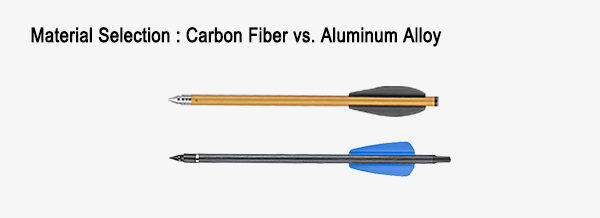
| Material Type | Features |
| Carbon Fiber Bolts | Lightweight, excellent straightness, wind-resistant, durable but higher cost |
| Aluminum Bolts | Stable, heavier weight, strong but prone to bending, lower cost |
4. Spine (Arrow Shaft Stiffness) Affects Energy Transfer and Stability
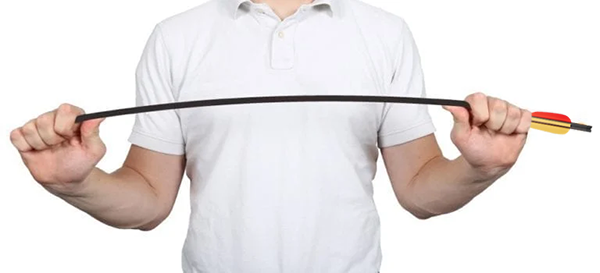
The spine rating of a bolt refers to its stiffness—its ability to resist bending when shot. A higher spine means the shaft bends less during flight, while a lower spine results in more flex.
Proper stiffness ensures that energy from the bowstring transfers efficiently to the bolt, improving consistency and shot stability.
Using bolts with insufficient stiffness can lead to excessive flexing, unstable flight, or even shaft breakage. On the other hand, overly stiff bolts may fail to absorb energy smoothly, causing erratic flight paths and reduced accuracy.
General guideline: Match the spine rating to your crossbow’s draw weight, bolt length, and overall weight. Choosing a bolt with the right stiffness ensures better stability and shooting safety.
5. Nock Compatibility: Essential for Accuracy and Safety

| Type | Features | Compatibility |
| Half-Moon | Grooved; requires proper alignment | Most high-poundage crossbow systems |
| Flat | Flat base; easy alignment | Recreational crossbows |
| Omni / Capture | Multi-groove design; requires specific crossbows | Specialized systems (e.g., certain US-made crossbows) |
Using the wrong nock type can cause poor accuracy, dry-firing, or equipment damage. Always follow your crossbow manufacturer's guidelines.
6. Fletching Types: Enhancing Flight Stability
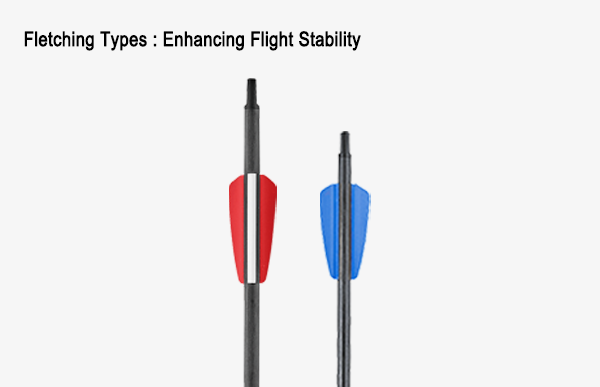
- 2-Vane: Reduced drag, faster speeds, ideal for rapid-fire setups and short-range accuracy.
- 3-Vane: Enhanced stability with rotational flight, suitable for mid-range shooting.
- Helical Vanes: Optimal rotation and stability, delivering superior accuracy but slightly reduced speed.
7. Choosing the Right Arrow Tip
| Tip | Features | Purpose |
| Field Point | Accurate, reusable, easy to remove | General target practice |
| Blunt / Bullet | Blunt tip design reduces damage risk | Safe training and close-range practice |
| Broadhead | Blade construction designed for deep penetration and maximum damage | Advanced shooting scenarios (controlled environments) |
Bolt Tips: Choose Based on Intended Use
Typically, use Field or Blunt tips for regular practice. For hunting or other high-impact scenarios, ensure your crossbow’s kinetic energy supports the use of broadheads.
Best Bolt for Crossbow
How to choose a best crossbow? Clearly identify your shooting objectives first. Different crossbows and scenarios demand bolts of varying lengths, weights, and materials.
EK Archery provides rigorously tested bolts, specifically designed and matched for optimal performance with each crossbow model.
| MODEL | BOLT | Bolt Weight | Length | Vanes | Draw Weitght | Speed | Kinetic Energy |
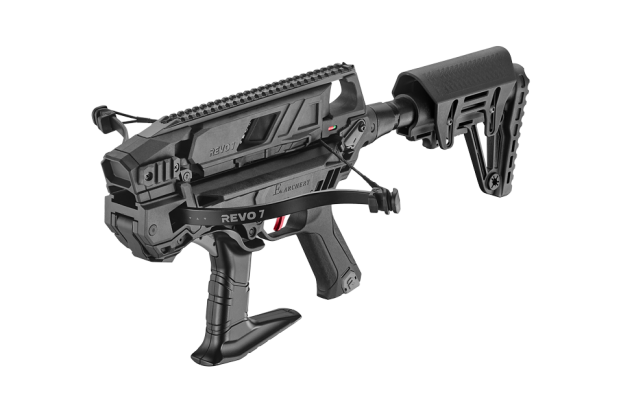 REVO7 REVO7 |
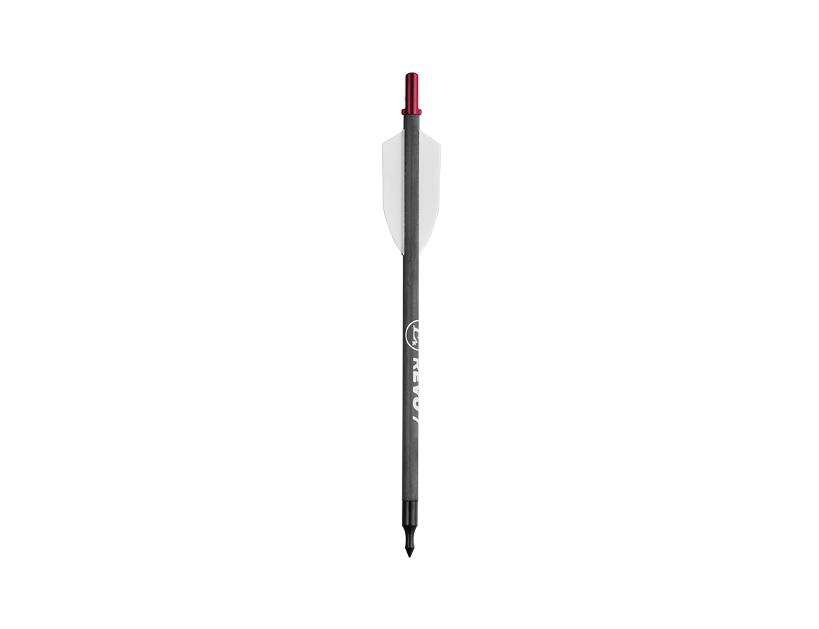 |
142gn | 6.5 inches | 2 Vanes | 90lbs | 235 FPS | 17.42 ft-lbs |
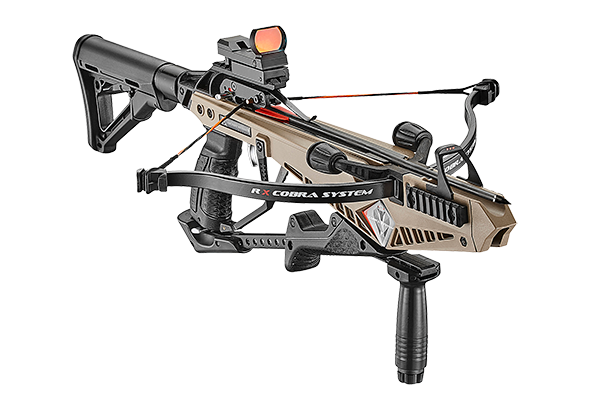 RX RX__25E28nyJT3.png) R9 R9 |
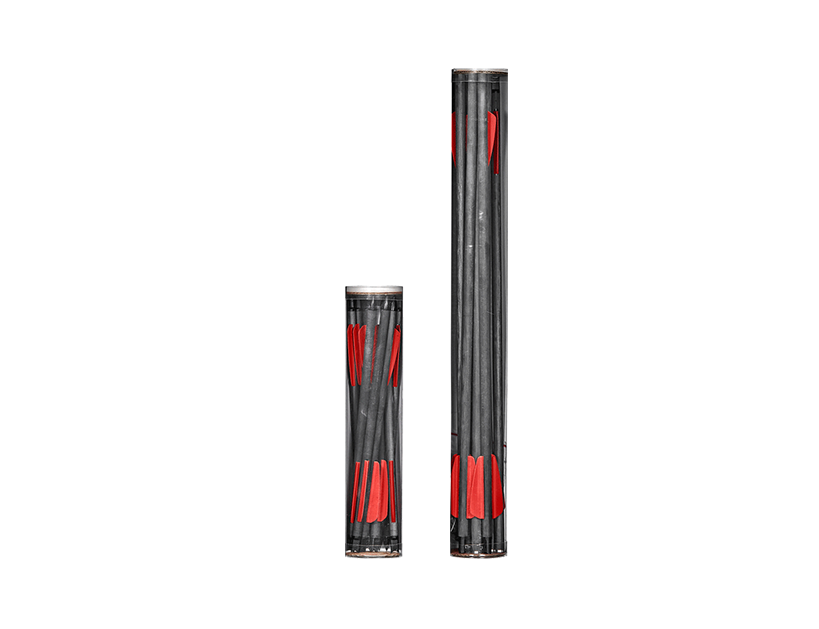 |
165/260gn | 7.5 inches / 15 inches | 2 Vanes | 90/130lbs | 220/230 FPS | 17.74/30.55 ft-lbs |
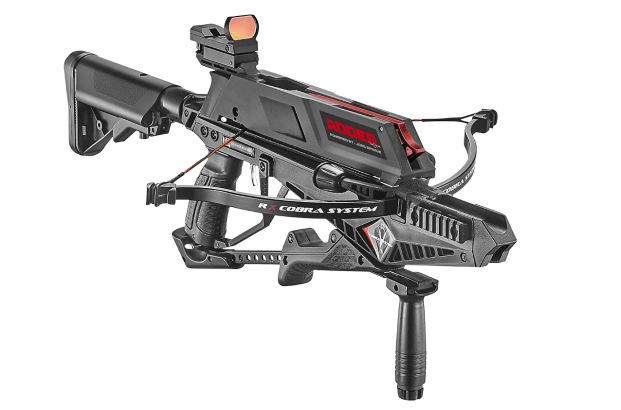 ADDER ADDER |
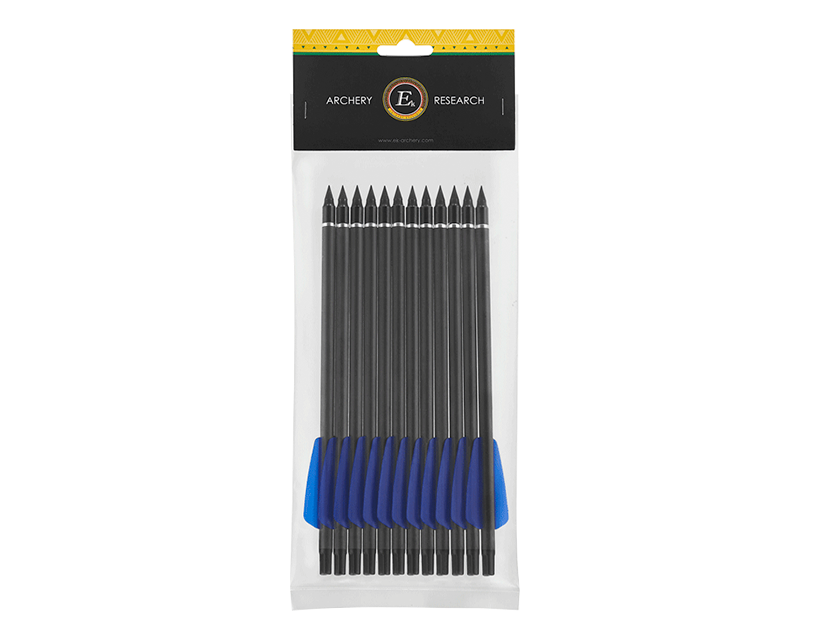 |
205gn | 7.5 inches | 2 Vanes | 130lbs | 240 FPS | 26.23 ft-lbs |
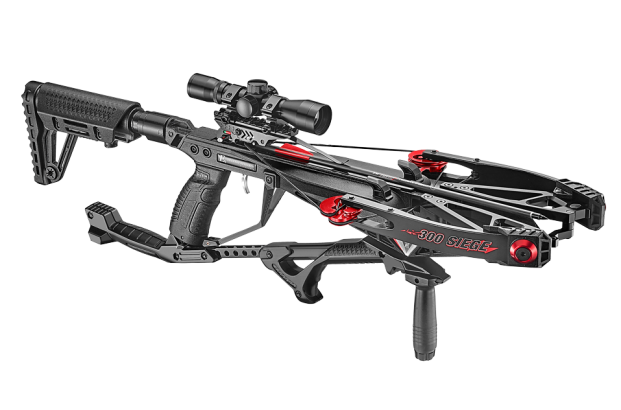 Siege Siege |
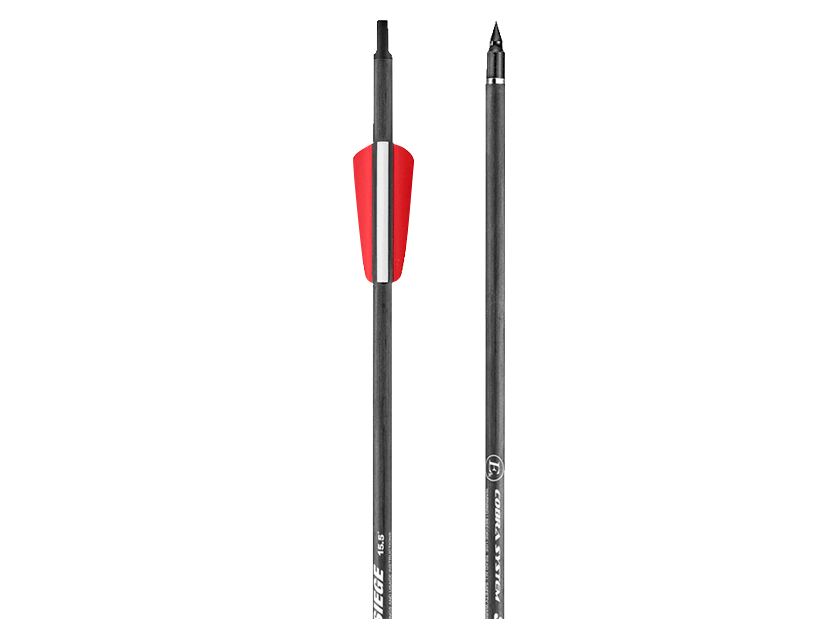 |
280gn | 15.5 inches | 3 Vanes(More stable) | 95/150lbs | 230/300FPS | 32.90/55.97 ft-lbs |
More Product: https://www.ek-archery.com/products/bolts-and-arrows/
Bolt Maintenance Tips:
The frequency of bolt replacement depends on shooting frequency, target type, and maintenance practices. Frequent impacts on hard targets or ground drops can result in damaged bolts, requiring replacements.
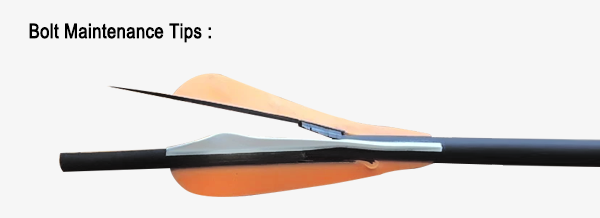
Always inspect your bolts before use. Look for loose tips, cracks, or damaged fletchings. Properly maintained, quality carbon or aluminum bolts can provide consistent performance for dozens or even hundreds of shots.
- Inspect: Check for cracks, loose tips, or fletching damage before every shoot.
- Maintain: Wax your crossbow string every 5-10 shots for optimal lubrication and performance.
- Replace: Immediately replace any damaged or warped bolts.
Frequently Asked Questions (FAQ):
Q1: Can regular archery arrows be used with crossbows?
A: No. Crossbow bolts are specifically designed to withstand the forces generated by crossbows and ensure safety.
Q2: Are shorter bolts less powerful?
A: Short bolts are specially designed for precision control and trajectory optimization; their length alone doesn't determine power.
Q3: How do I know if my bolts match my crossbow?
A: Follow manufacturer guidelines for recommended bolt length, weight, and nock type, and always choose approved, high-quality bolts.
Q4: What’s the difference between Field Points and Bullet Points?
A: Field Points offer high accuracy for general practice; Bullet Points prioritize safety and stability for training purposes.
Selecting the appropriate bolts maximizes your crossbow's potential, ensuring both precise and reliable performance.
Whether you're targeting tight groups at the range or relying on powerful, consistent shots in the field, trust in carefully matched and tested bolts, such as those provided by EK Archery.


